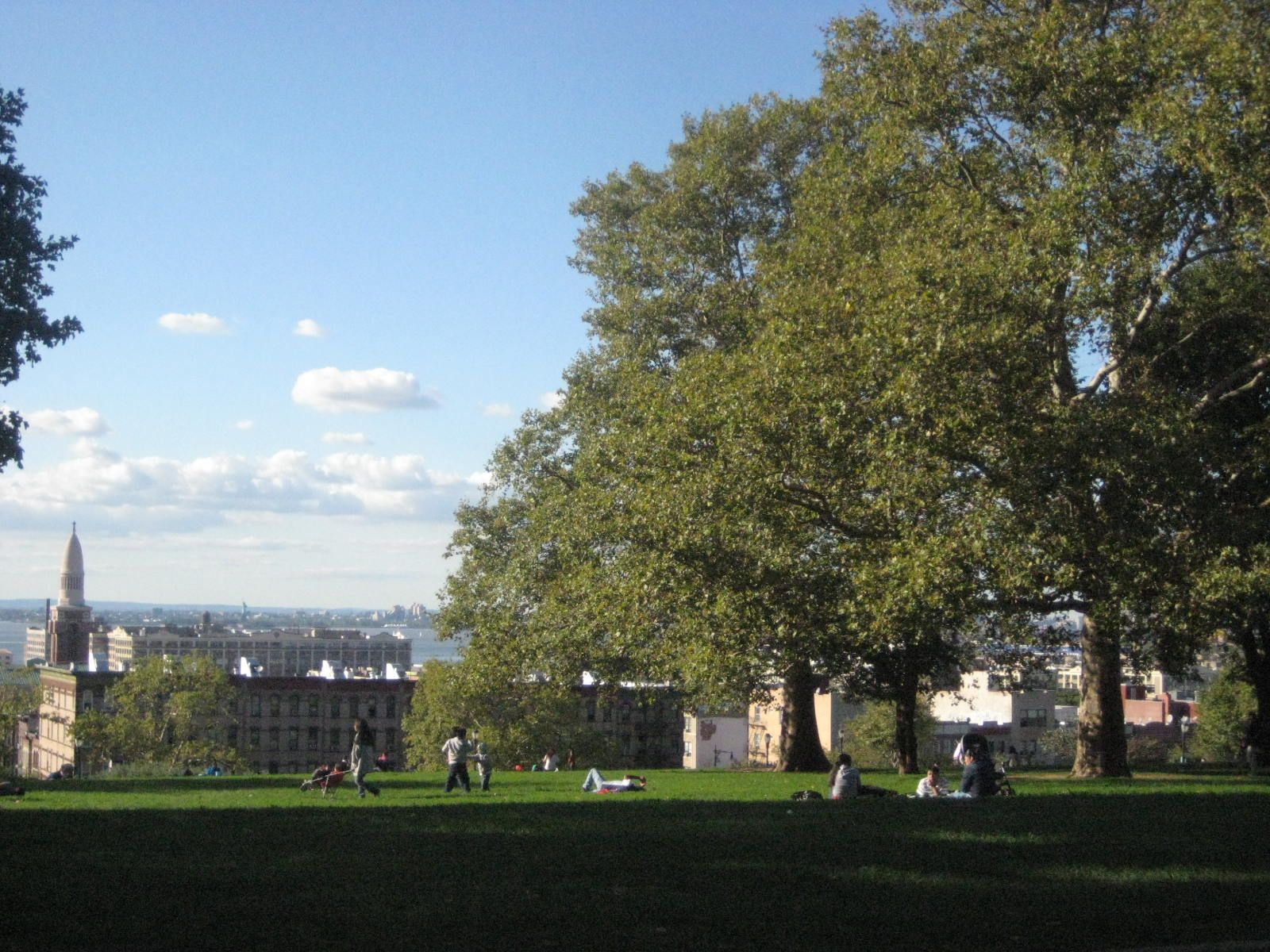NewsClip From Our Past: $165,000 Bond Payment For Land That Would Become Sunset Park

If only we could travel back in time to Brooklyn’s past. The next best option are the fabulous archives of the venerable Brooklyn Daily Eagle.
I went poking around the Daily Eagle archives today for clues about Sunset Park’s early development and found an interesting clip from the December 29th (4 o’clock!), 1891 edition. The article describes how the City of Brooklyn paid $165,000 in bonds to the owners of the land on which Sunset Park would be built.
[You can check out the Daily Eagle archives, and those of other historic Brooklyn publications, here.]
The land in question would become the actual park. The use of Sunset Park as a neighborhood name was apparently not established until the 1960s. According to a local history website, the neighborhood around Sunset Park was originally “known as South Brooklyn, and later considered part of Bay Ridge.”
The 1891 article in the Daily Eagle implies that the land that would become Sunset Park received that name because of its beautiful, westerly views.
“It turns out that the sale of bonds on Friday, December 18 [1891], about which the mayor and other city authorities expressed so much gratification and pleasure, was only partially a genuine sale.
A large part of the bonds were not really sold but were exchanged for the land in the Eighth ward, which will form Sunset Park, as perhaps it will be named in deference to George V. Brower’s enthusiasm over the view which it commands.”
The George V. Brower who is mentioned above was Brooklyn Park Commissioner at the time and chairman of the Brooklyn Tree Planting and Fountain Society. The article describes how the Hamilton Trust Company, acting as a representative of local landowners, facilitated the transfer of their property to the City of Brooklyn for use as a public park, in exchange for $165,000 in bonds.
As the Daily Eagle article notes, a similar transfer of City bonds for private land had recently been made in the 20th Ward, which included part of Fort Greene. That transfer was also used to create a public park — Fort Greene Park, presumably.
The article quotes Commissioner Brower as he describes the future Sunset Park — “one of the most charming and delightful little breathing spots that can be found anywhere.”

Brower’s description below of getting the property at a good price, and negotiating with local landowners through four particular owners, is a fascinating window on how Brooklyn got its parks built in the 19th century. Brower admits that the City of Brooklyn did not have enough cash to pay for the land.
Brower’s comment about compensating landowners with bonds, as opposed to condemning and seizing their property for the public good, as local governments sometimes did, is also interesting. He says to the Brooklyn Daily Eagle:
“Sales of adjoining property, which have taken place since, show that we secured this land 25 percent cheaper than its actual value.
We were able to do this because the gentlemen with whom we dealt are large property owners in the neighborhood, and to improve their other property let us have this cheap…
We dealt with four gentlemen — P.H. Flynn, United States Commissioner J.J. Allen, a man named O’Brien and another named Rutherford. They were not the only property owners, but our contract with them required that they should satisfy all the others. You see we were not going to the expense and trouble of condemnation proceedings.
The contract also had it down in black and white that they should be paid in bonds. You see we knew that the city would be unable to raise the money. They did all the work. They satisfied the other owners and got the Hamilton trust company to bid for the bonds…
We got that land cheap. I am willing to wager any amount you may name that no one can buy a similar plot in the neighborhood for within $50,000 of what we paid.”
One-hundred twenty-five years later, Brower’s vision for a park on the southwest shore of Brooklyn is still intact.





